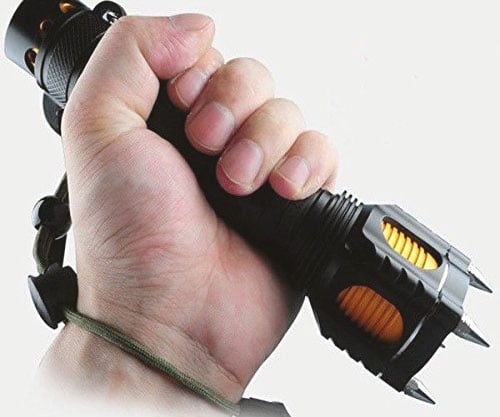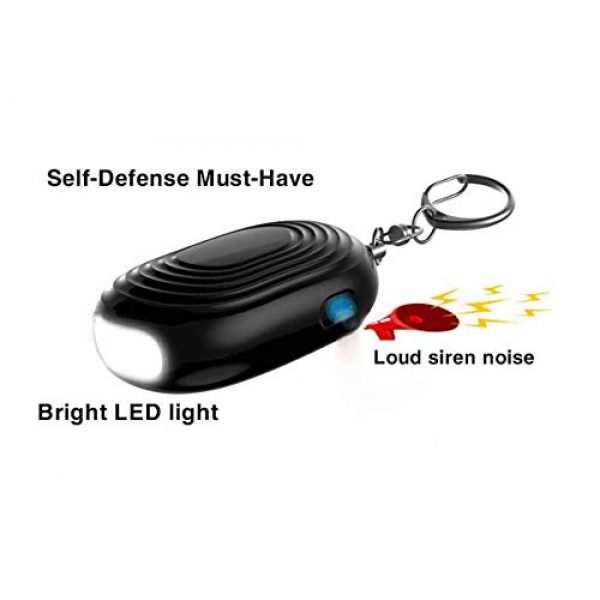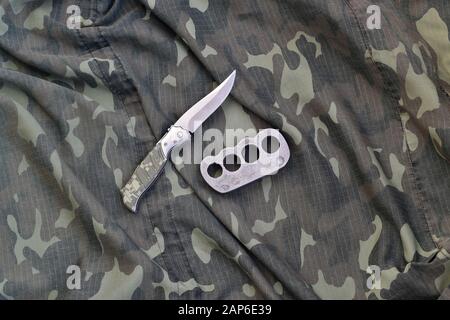
Climbing protection devices are a key element of safe climbing. They are designed to prevent falls and offer multiple points of friction. Climbing protection allows a belayer or other person to lower the climber, without them having to carry their full weight. Before using climbing protection devices on a real climb, a belayer must first be trained in controlled conditions. A great way to learn to properly use a beacon is to take climbing classes.
Active rock climbing protection devices
Active rock climbing protection devices are a useful way to anchor yourself to the rock. They can be made of spring-loaded camming, sliding ball nuts, or other mechanisms that exert greater force against the rocks when pulled tight. These can be used to insert them into cracks, pockets or walls on a horizontal crack or vertical wall. Some cams work best in flaring cracks. Others are better suited for vertical cracks. These devices will need cleaning and lubrication.
Passive protection devices for rock climbing include nuts, wires, and wallnuts. These devices are usually made of high-strength tape, which is then sewn into a looped strap. These devices can be used together with other protection pieces, such as a harness.
Slings
Slings are climbing protection devices that are used to protect a climber from a fall. These devices are made from a variety materials. They can be as thin as one inch thick or as thick as eight inches. They are made with nylon fibers and have a core and sheath. They can be clipped into anchors and used to extend runners on long pitches.

Slings not only serve as climbing protection, but also can be used for traverses, long pitches, roofs and large pitches. Slings can be doubled in length, or tripled up to be used as one long rope for alpine climbing.
Cams
Cams are climbing protection devices that allow you to protect yourself from falling rocks. Cams work by pressing against the rock and directing outward forces. The cam's strength will depend on the rock type and how it is placed. Some cams are more powerful than others and should be used with caution.
There are two types: passive and active protection. Passive protection is a fixed object made of metal, which usually includes a metal piece, while active protection has moving parts such as cams. Cams were invented by Ray Jardine, a spring-loaded camming device.
Bolts
There are many different types of bolts available for rock climbing. The most commonly used type is the ringbolt. They are made from a rod of stainless steel with a loop at one end. These bolts can then be glued into the rock using part of the loop. This loop can be used for attaching a quickdraw or another climbing protection device. The U-bolt is another type. This type is similar in design to the ringbolt but is made from a stainless steel rod bent into U shapes.
Some routes are not suitable for permanent protection. Bolts are usually installed on rock faces to stop rock falls. Many routes have multiple points for protection. You need to be aware of the exact level of protection you require. Modern bolts are made of stainless steel and can withstand pull of up to 5,600 pounds and outward force of 3,300 pounds. Even the best-placed bolts can wear out over time.

Nuts
Climbing protection devices such as nuts and bolts are a vital part of a climber's toolkit. They not only secure the climber but also protect the rock from cracks and damage. It is important to choose the right nuts and bolts, and also consider the orientation.
They are available in various sizes and colors, with the majority coloured to assist identification. They are intended to be wedged into cracks or constrictions in the rock. A nut can be used to wedge into narrow cracks by grasping the narrow end. John Brailsford was the inventor of the original nut. Modern nuts can also be off-set to fit into pin-scarred and flared cracks.
FAQ
Can I get arrested for using my stun gun?
No. Stun guns are considered "less lethal" weapons. Less lethal means they cannot cause serious injury.
However, if you accidentally hit someone with your stun gun, you could still face charges.
How much does a stun gun cost?
A stungun can be priced from $20 to $100 depending on the model.
Two batteries are standard on most models. They last approximately three months.
How do you stay safe even if you can't protect yourself physically?
If you aren't physically able defend yourself from an attack, then you should seek out someone who is.
It may be necessary to ask for help. You might need to call 911. But if you don't take any action, you could die.
You can also reach out to your local domestic violence shelter. Many shelters offer safety planning classes to teach women how to protect themselves.
What should I look for in a self-defense class?
When choosing a self-defense class, you should look at the instructor's experience and reputation. Ask about their qualifications and background.
Ask if they offer discounts or free trials. You may be eligible for special discounts and offers from instructors who teach new students.
Ask about online classes.
Ask about whether they offer emergency medical care following a class. This is especially important if someone gets injured during a class.
You should look for classes that offer a wide range of exercises. This will allow you to practice each technique in a relaxed environment.
Statistics
- Verbal harassment was the most common form, but 51 percent of women said they were touched or groped in an unwelcome way, while 27 percent of women survived sexual assault. (healthline.com)
- In a January 2018 survey of 1,000 women nationwide, 81 percent reported experiencing some form of sexual harassment, assault, or both in their lifetime. (healthline.com)
- Boxers aren't allowed to fight in a clinch, which is a position that occurs in 80% of the streetfights. (mmaclan.com)
- Saying this, Self defense 101 would be the importance of situational awareness, which can never be replaced by the finest of martial arts, because it is this that would help you to avoid any likely attacks in the first place. (worldofselfdefense.com)
External Links
How To
How to Survive a Home Invasion
Home invasion is terrifying, especially when you have kids. We didn't know we would have to go through this ourselves when we started our home security system installation journey. Here's our experience so far.
-
Don't let your children witness the attackers. Our children were upstairs sleeping when two men entered our house. They were taken downstairs by us until police arrived. Our kids weren't hurt, but they saw enough to traumatize them.
-
Lock Up All Valuables. In our bedroom, we keep valuables safe. Even if someone is able to break into the house they won't have access.
-
Keep an eye out for burglars. We live in an area that is prone to burglaries. We always keep an eye out for suspicious vehicles and people.
-
Have A Backup Plan. If anything happens to us, our family will be taken care of financially. If necessary, we have a plan for leaving the country.
-
Prepare. If you are ever in a situation where your life is at stake, it is important to be prepared. Prepare food, water, and other supplies.
-
Call 911 First. Call 911 immediately if you suspect that someone has broken into the house. It's better to call the authorities than to wait for them to break down your door.
-
Use Common Sense. You won't allow anyone in who isn't right for you. Also, don't invite strangers to come over.
-
Seek out help from neighbors and other people in the local area. If you feel unsafe, contact your friends and neighbors. They can help you watch your back while you call the police.
-
Keep your cool and do as instructed by officers. Keep calm and do as the officers direct. Do not run or resist arrest.
-
Photograph Any Evidence. Photograph all evidence you find during the investigation. This includes fingerprints, blood samples, and other items.
-
Local Law Enforcement. You can file a police report even if nobody was hurt. It may help you avoid future criminal acts.
-
Contact your Insurance Company immediately. Your insurance company should be contacted immediately. Inform your insurance company about the events and request an adjuster to visit to assess the damage.
-
Your personal belongings should be removed. You should get rid of all personal belongings. If you're wearing expensive jewelry, take it off and put it somewhere safe.
-
Make sure you take care of yourself. Keep your surroundings clean. Take out the trash and break glass and lock all doors and windows.
-
Don't talk about the events. Talk about what happened to someone else. You never know who might attempt to use this information against later.